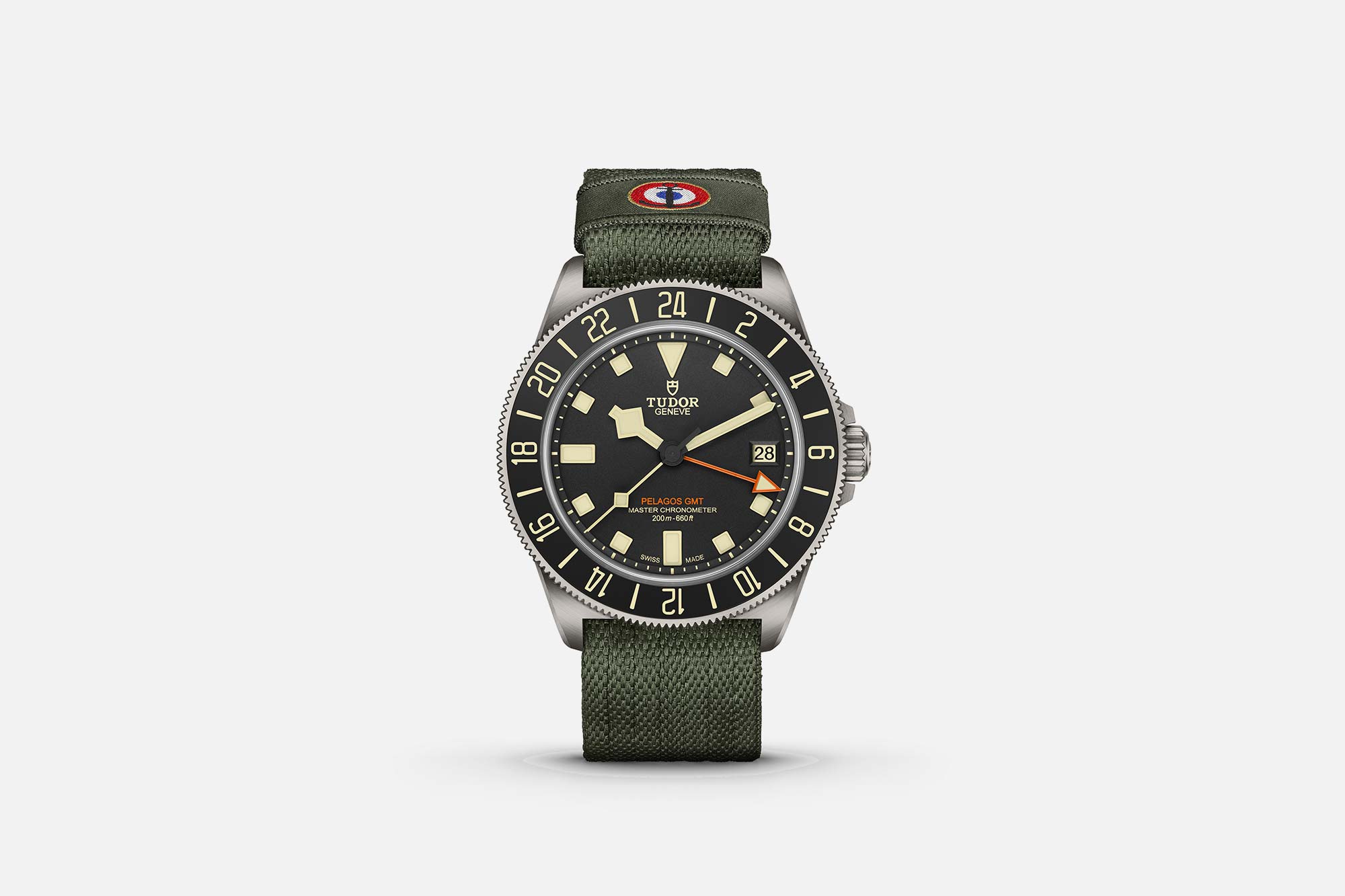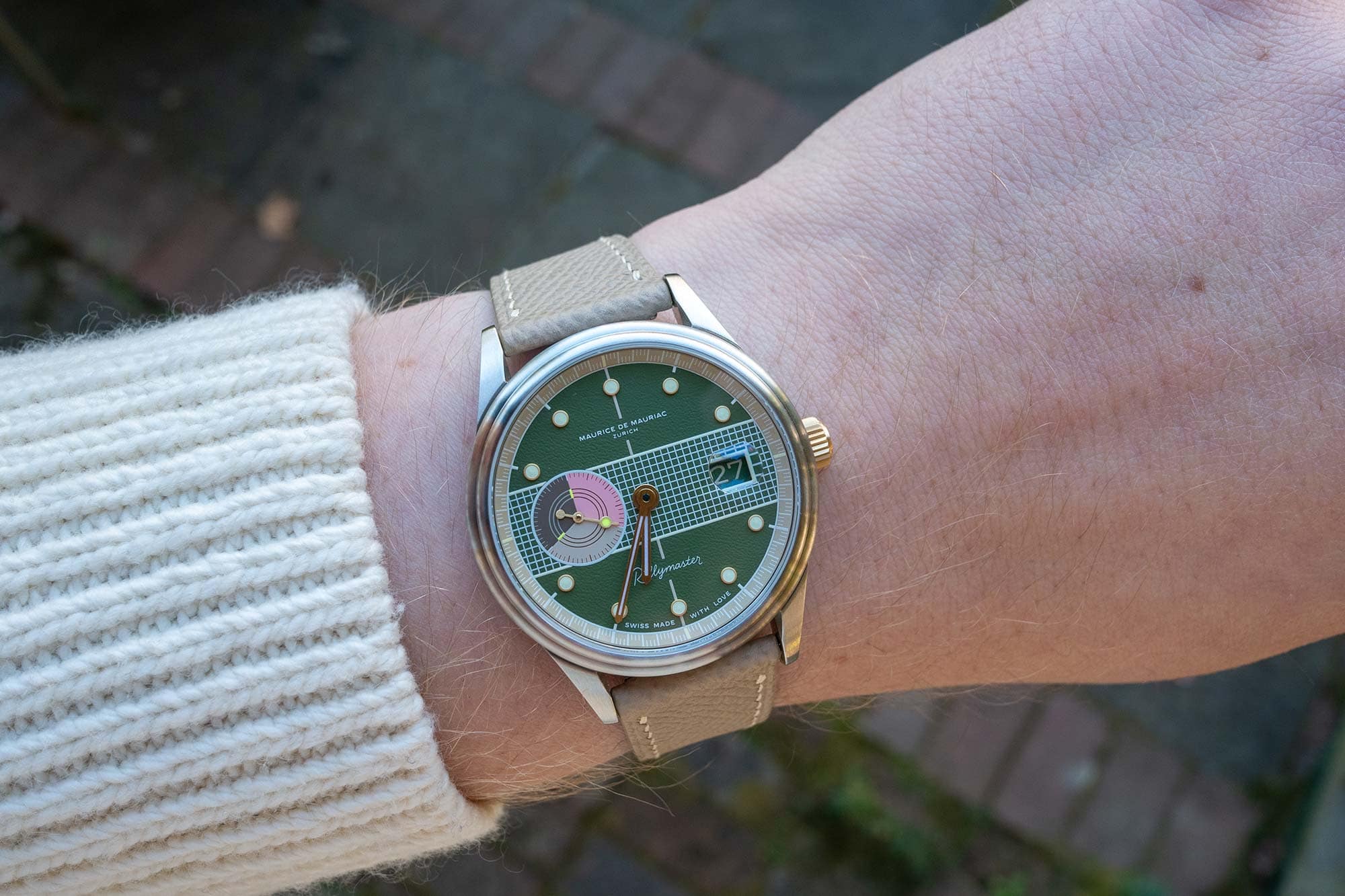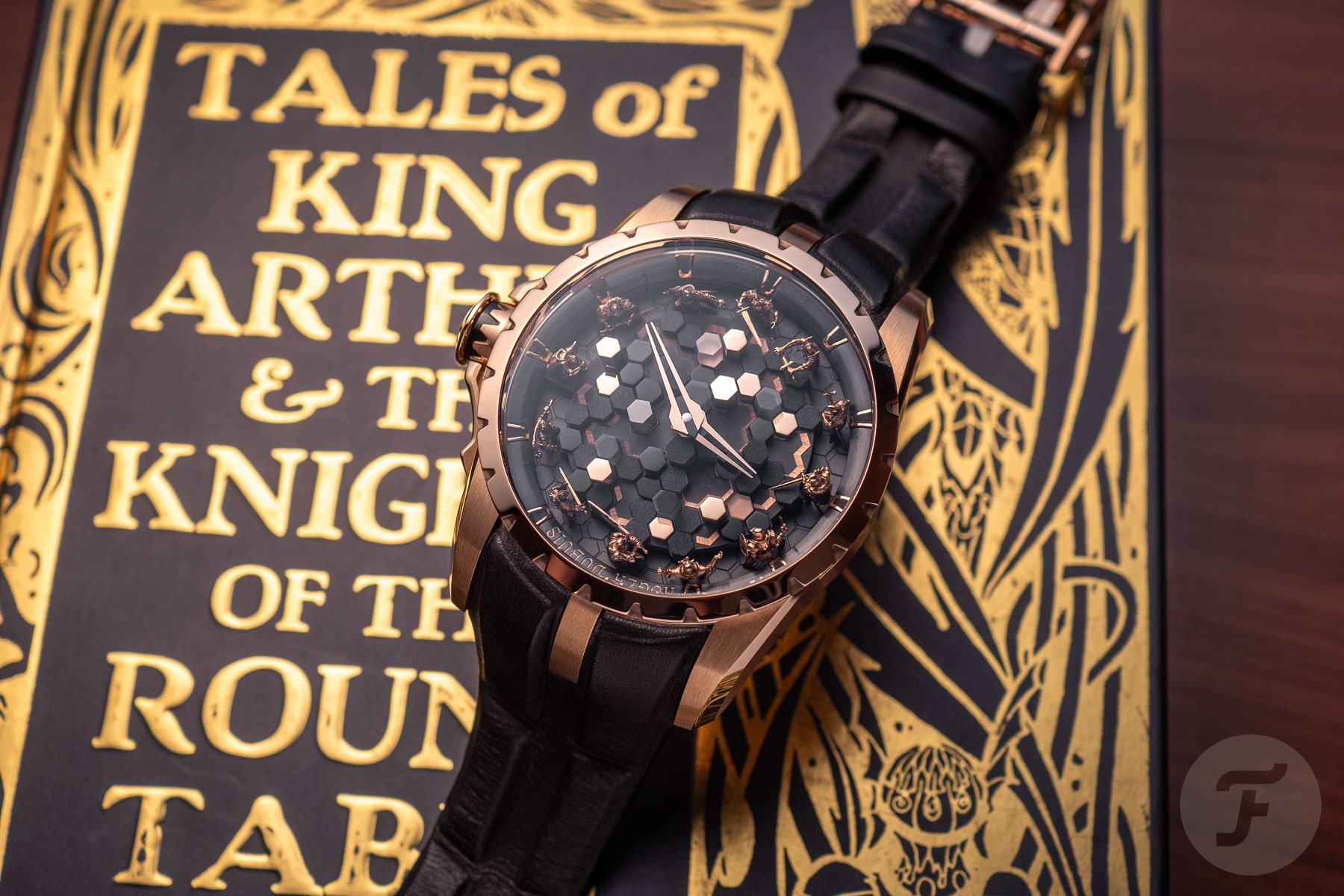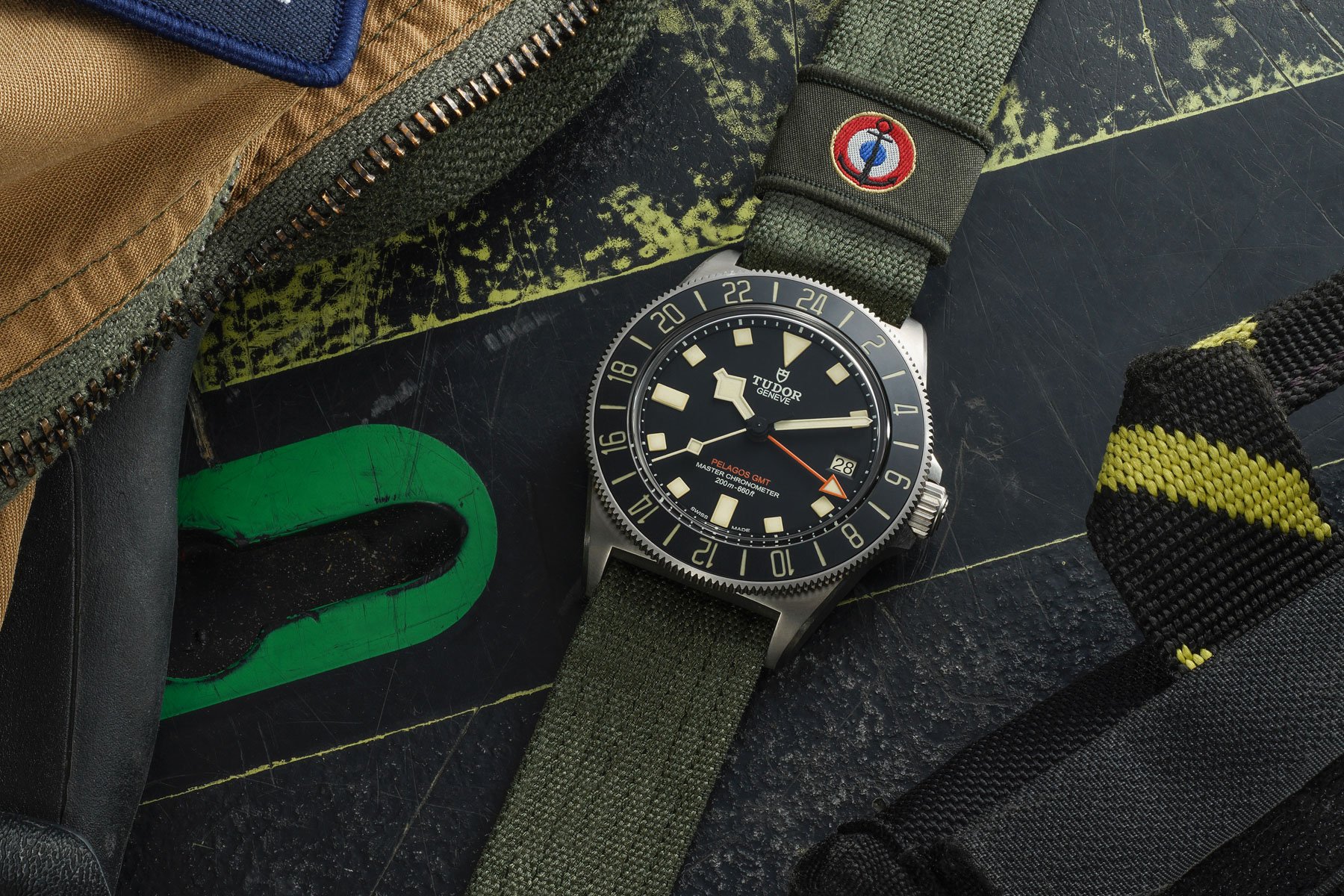Dive Watches 101: Bracelet Extensions vs. Flexible Straps
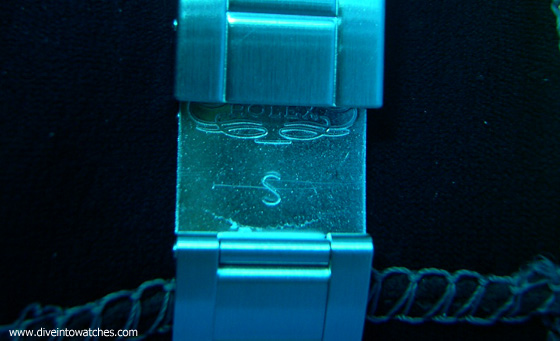
Depending on where you plan on diving, chances are that you will wear a wetsuit or, in some cases, even a dry suit. Both increase your wrist size substantially, which is why a dive watch usually features a deployment clasp with a divers’ extension, or even comes with an extra strap piece that can be attached to the strap buckle when worn over a dry suit (e.g. the unique Citizen Promaster 1000, which has been previously reviewed by WatchTime). A regular clasp extension usually doesn?t add enough length in those instances.
Now, regardless of whether you are a “strap person” or “bracelet person,” both options have their advantages and disadvantages: the deeper you dive, the more pressure your body and suit will experience. Which basically means that a neoprene suit that starts out being very tight suddenly becomes loose ? and with it, your dive watch. An easily adjustable clasp extension, such as that offered with the Seiko Marinemaster, or the rather complex clasp of the Sea-Dweller Deepsea could be the answer to that problem (at least for wetsuits), but I have rarely witnessed a diver constantly adjusting his or her watch manually when diving. The clasp extension of the Rolex Sea-Dweller 4000
Traditional ridges, used as a more flexible element for straps (as were introduced on many Seiko dive watches in the late ’60s/early ’70s), are therefore not only much cheaper to produce, but theoretically also better suited for automatically...
| -------------------------------- |
|
|
Introducing – The Bremont Terra Nova 40.5 Date Caramel Limited Edition
31-10-2024 04:00 - (
Luxury Watch )


